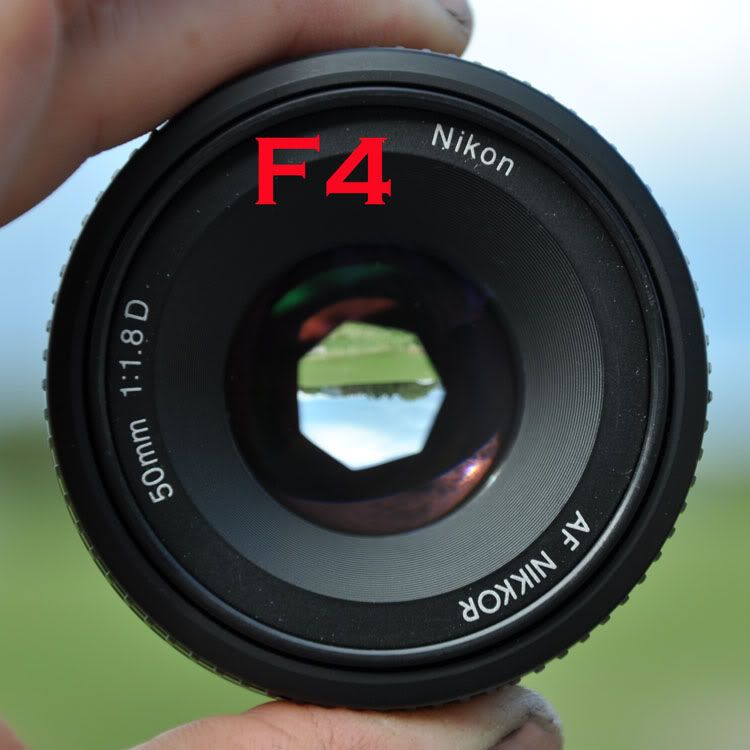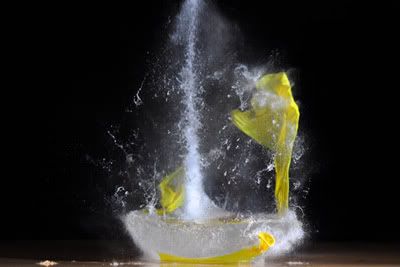I eventually realized that nobody needs to change settings that fast , the meter is getting confused by small changes in a scene that has the same lighting in it and essentially could be photographed at the same settings .
With flash , things get a little more complicated because you are working with two exposures , one for the ambient in the background [ where flash is having no effect ] and one for the flash on the subject - along with the fact that the subject will contain a measure of the ambient as well as the light from the flash .
Add to this the fact that flash is greatly affected by distance from the subject and the inverse square law .
This is why people who shoot manual with the camera often still use automatic flash .
But it is still worth doing some tests with manual mode and manual flash to gain a greater understanding of the principles involved . With the following images the flash was in manual mode at 1/16th power the whole time .
To learn about shooting in manual it still helps to see what settings the camera would choose - turn off auto-iso , put the camera in manual and adjust the settings until the meter is zeroed .
Take a picture at those settings ....
There's not much detail in the clouds at those settings - you don't have to obey the meter , different metering modes would choose different settings and in this case matrix metering chose settings that over-exposed the background . It got us close enough to decide what we want to do , to get more detail in the clouds in the background I dialed in 1/200th which effectively let in half as much light as 1/100th thereby darkening the background .
Now the ambient light is where we want it we turn on the flash which was kept at 1/16th power the whole time to simplify matters .
The subject looks a little too bright now . There are two things that affect flash , Aperture and iso .
Changing aperture determines how much light is let in through the lens - this affects ambient light and flash ...

So if we change from F6.3 to F9 we darken the ambient [background lighting] and the affect of the flash in the image .
Now the subject isn't so blown out but the background has also gotten a little dark
If we want the background to get brighter , without blowing out the subject we can slow down the shutter speed again - we can go back to 1/100th sec and effectively make the ambient twice as bright again .
And there we have a brighter background
The background would look exactly the same if I had simply changed the iso to 400 instead of slowing down the shutter speed - but increasing the iso also affects the flash and we would still have a blown out subject that way ....
Also keep in mind that there is some ambient on the subject as well . As we slow down the shutter speed the flash is not affected but we can see the ambient on the subject having a greater effect as the light wrapping around it shows to a greater degree ...... 1/50th lets in twice as much of the ambient light again without affecting the flash which has happened in 1/5000th sec already ....
1/25th let's in twice as much ambient as 1/50th again - without affecting the flash on the subject .
And 1/13th doubles that again - we see more of the ambient wrapping around the subject but the part that is lit mainly by the flash hasn't changed .
If you are using an older flash that doesn't speak the same language as the newer cameras just keep in mind the fact that the camera may not know there is a flash attached and will not limit your shutter speed to the maximum synch speed .
So what will happen if you exceed the maximum synch speed ? [ See auto-fp flash ] .
Try taking a picture at something like 1/400th sec ....
Since it is a focal plane shutter the movement of the shutter starts to get in the way of the flash at higher speeds - the flash still fires at about 1/5000th sec but the shutter is moving across the frame as a large slit at this speed and is never open across the whole frame at once regardless of how fast the flash fires .....
Increase the speed even more ....
And at 1/800th the slit that slides across the frame is getting smaller creating a larger shadow area where the flash is having no effect ... where there is flash though it is as bright as normal at those settings . At these speeds the flash itself is not affected by the shutter speed - it is now a mechanical problem where the shutter movement is conflicting with the flash . The D90 synch speed is limited to 1/200th sec .
When you are using bounce flash with a ceiling at a constant height manual mode is reasonably reliable because the distance the light travels is relatively consistent but when using direct flash outdoors where there is nothing to bounce off it gets a little complicated .
If you double your distance from the subject the flash on the subject drops to 1/4 of what it was because it is spreading over 4 times the area ..... if the subject is 1.4142 X the distance then you will need twice the flash power .... if you are happy with doing those calculations then use manual flash outdoors but quite honestly I'll stick with auto flash when conditions are changing rapidly .


























No comments:
Post a Comment